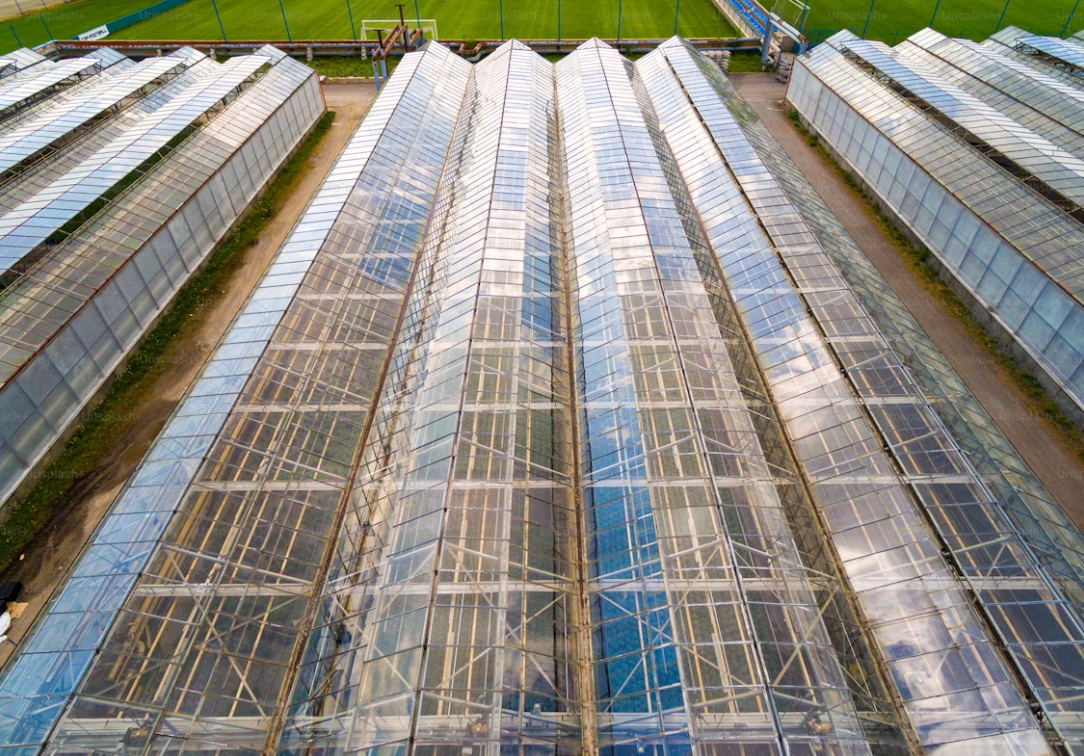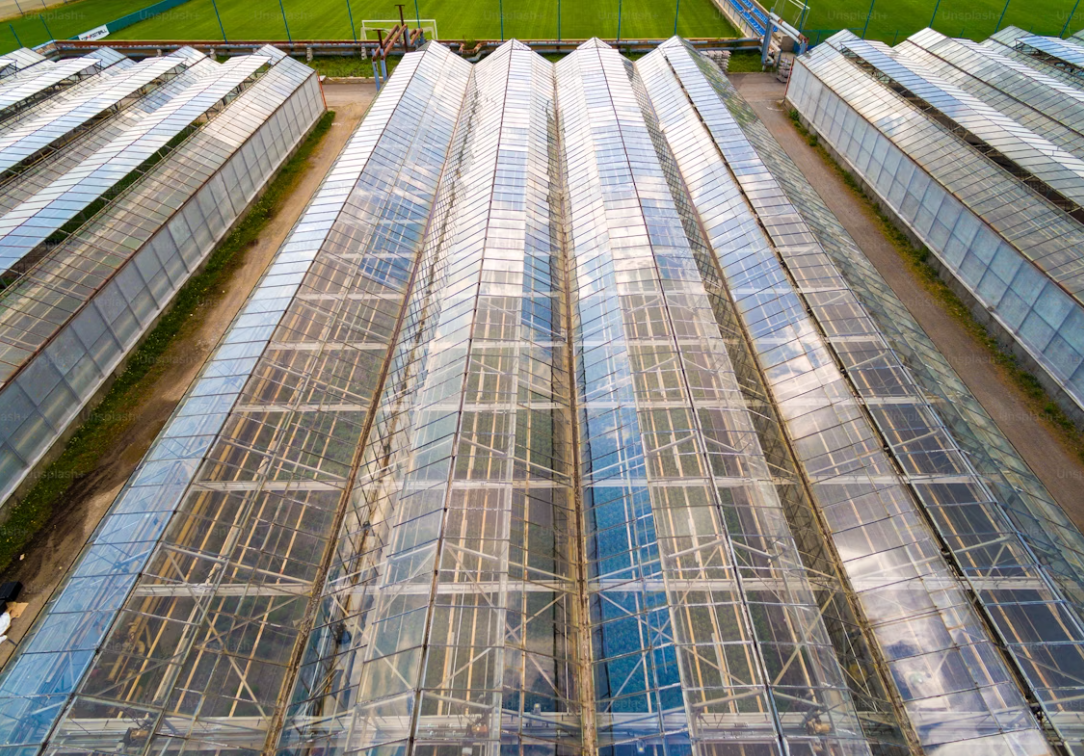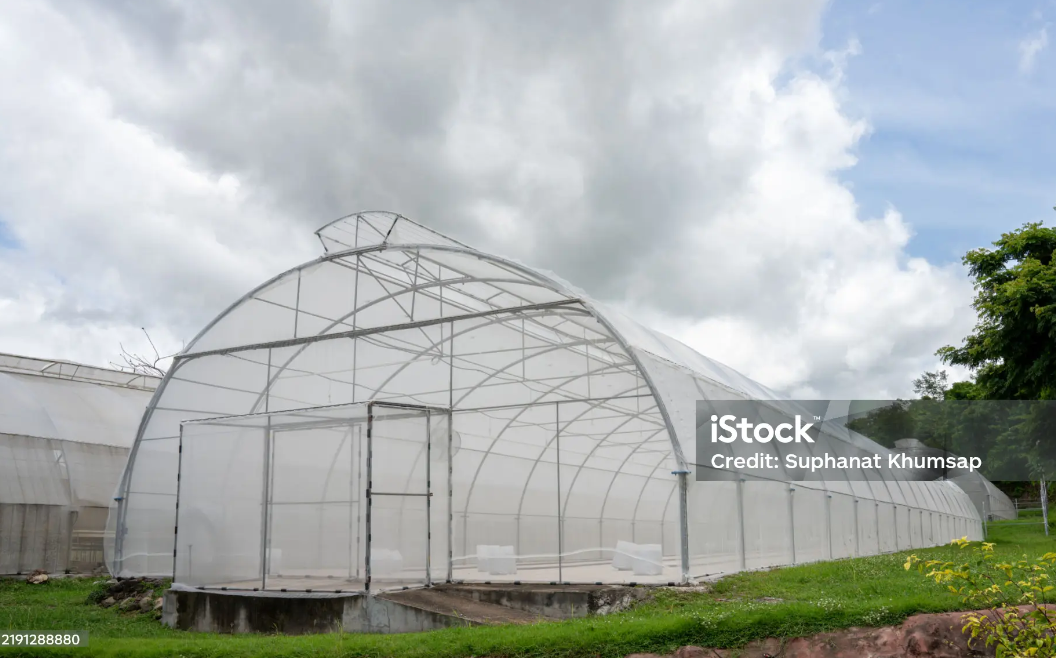Agricultural production in arid and semi-arid regions—such as parts of the Middle East, Africa, Australia, and southwestern United States—presents unique challenges. Extreme heat, low humidity, intense solar radiation, and limited water resources make crop cultivation difficult. A well-designed greenhouse can dramatically improve yields, protect crops, and extend growing seasons. But which type of greenhouse structure works best in arid conditions?
Let’s explore the top greenhouse options, focusing on their climate adaptability, cooling mechanisms, material durability, and water efficiency.

Before choosing a structure, it’s essential to understand what a greenhouse needs to do in hot, dry climates:
Heat Reduction: Interior temperatures can exceed 45°C (113°F) without proper cooling.
UV Protection: Excessive sunlight can stress plants or damage crops.
Humidity Retention: Low humidity increases evapotranspiration.
Water Efficiency: Water is often limited or expensive.
Dust and Sand Resistance: Important in desert environments.
Any suitable greenhouse must address these conditions.
Why it works:
Polycarbonate greenhouses are widely used in arid regions due to their excellent insulation and UV-blocking capabilities. Twin-wall panels create an air buffer, reducing heat transfer while diffusing sunlight evenly.
Key Advantages:
Up to 99.9% UV protection
Lower internal temperatures vs. glass or film
High resistance to impact and sand storms
Long lifespan (10–15 years)
Cooling Options:
Wet pad and fan cooling systems
Roof or side ventilation
Shading curtains
Best for: Commercial vegetable growers, research centers, and high-value crop producers.
Why it works:
In extremely dry zones with abundant sunlight, a simple shade-net structure can reduce sunlight exposure while allowing natural airflow. Although it doesn’t offer full climate control, it provides basic protection at low cost.
Key Advantages:
Cost-effective and quick to install
Reduces solar radiation by 30–70%
Promotes ventilation
Ideal for hardy crops like peppers, onions, and cactus fruit
Limitations:
No protection from extreme heat or cold
Less humidity control
Less secure in storm-prone regions
Best for: Entry-level growers, local vegetable farms, and low-budget projects.
Why it works:
In desert agriculture or large-scale commercial farms, fully climate-controlled greenhouses (often glass or polycarbonate) allow year-round production regardless of outside temperature.
Features include:
Automated misting, cooling, and CO₂ injection
HVAC or evaporative cooling systems
Smart shading and ventilation controls
Key Advantages:
Precise environmental control (temperature, humidity, CO₂)
Enables hydroponics, vertical farming, and high-yield systems
Reduces water usage via closed-loop irrigation
Drawbacks:
High capital and energy costs
Requires skilled operators
Best for: Export-oriented farms, large agribusinesses, government food security programs.

| Feature | Polycarbonate Greenhouse | Shade Net House | High-Tech Climate Greenhouse |
|---|---|---|---|
| Heat Reduction | ★★★★☆ | ★★★☆☆ | ★★★★★ |
| UV Protection | ★★★★★ | ★★★☆☆ | ★★★★★ |
| Water Efficiency | ★★★★☆ | ★★☆☆☆ | ★★★★★ |
| Installation Cost | ★★★☆☆ | ★★★★★ | ★★☆☆☆ |
| Maintenance Requirement | ★★★☆☆ | ★★☆☆☆ | ★★★★☆ |
| Best for | Commercial mid-tier farms | Low-cost local farms | Large-scale controlled farming |
Use evaporative cooling systems like wet pads and exhaust fans for passive temperature control.
Install thermal screens or shading curtains to prevent crop sunburn.
Collect and recycle irrigation water using hydroponic or drip systems.
Orient the greenhouse with prevailing wind direction for improved ventilation.
Hot-dip galvanized steel is preferred for structure longevity and rust resistance in dry, dusty conditions.
A commercial tomato grower in Riyadh installed a double-layer polycarbonate greenhouse with wet pad cooling and automatic fogging systems. Results:
Internal temperature: 8–10°C lower than outside
Yield increase: 3x vs. open-field cultivation
Water savings: 45% through closed irrigation
This case illustrates how a strategic greenhouse design can transform production in harsh conditions.

So, which greenhouse is most suitable for arid climates? It depends on your goals:
On a tight budget? Use a shade-net greenhouse with natural ventilation.
Looking for year-round production? Go with a polycarbonate structure.
Scaling a commercial farm or export business? Invest in a high-tech controlled environment greenhouse.
Working with an experienced greenhouse manufacturer can help you customize a solution for your specific environment, crop type, and ROI goals.
At Kunyu Greenhouse, we specialize in designing and building commercial greenhouses tailored for arid zones. Whether you're farming in the Middle East, Africa, or Australia, we offer turnkey solutions backed by years of experience.
Contact us today for a free consultation or download our Greenhouse for Arid Climates Guide.

Copyright ©Kunyu Greenhouse Co., Ltd. All Rights Reserved | Sitemap